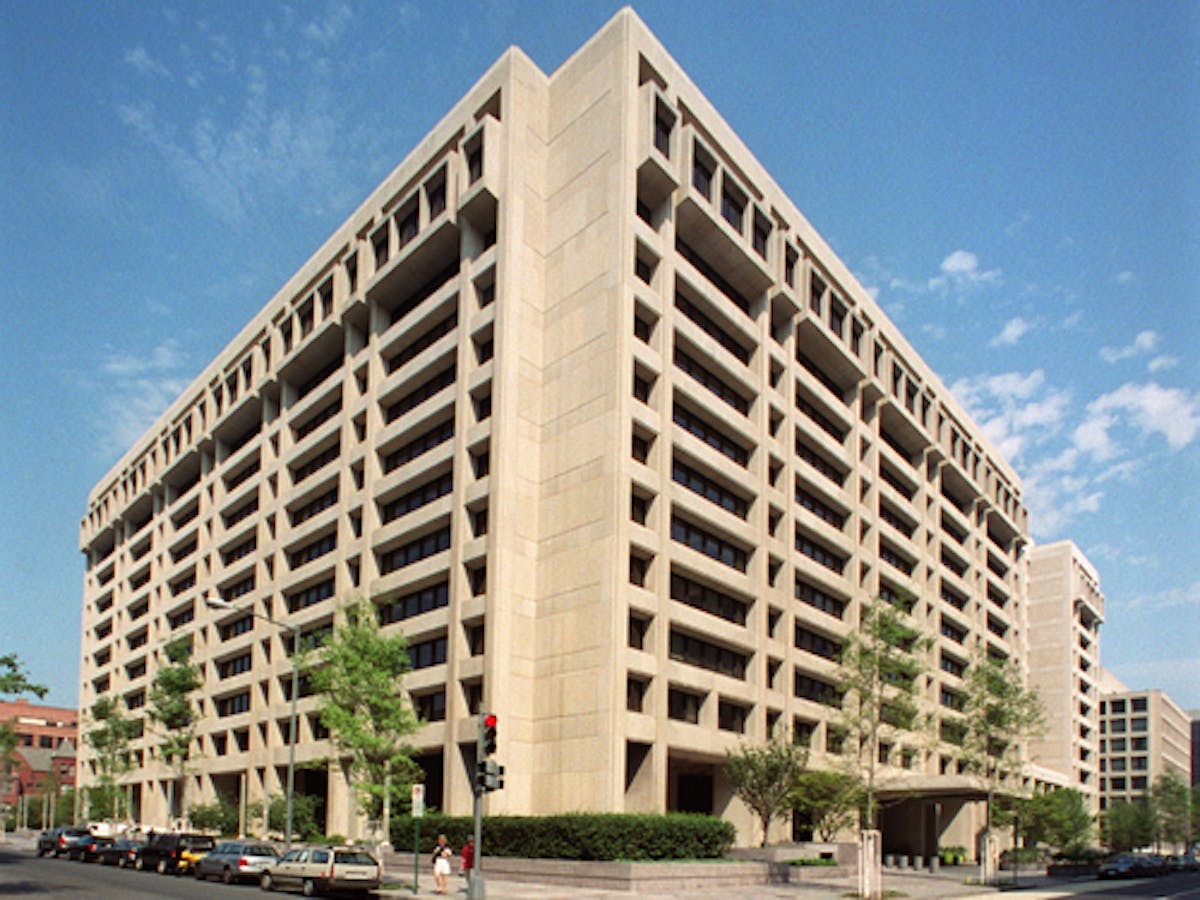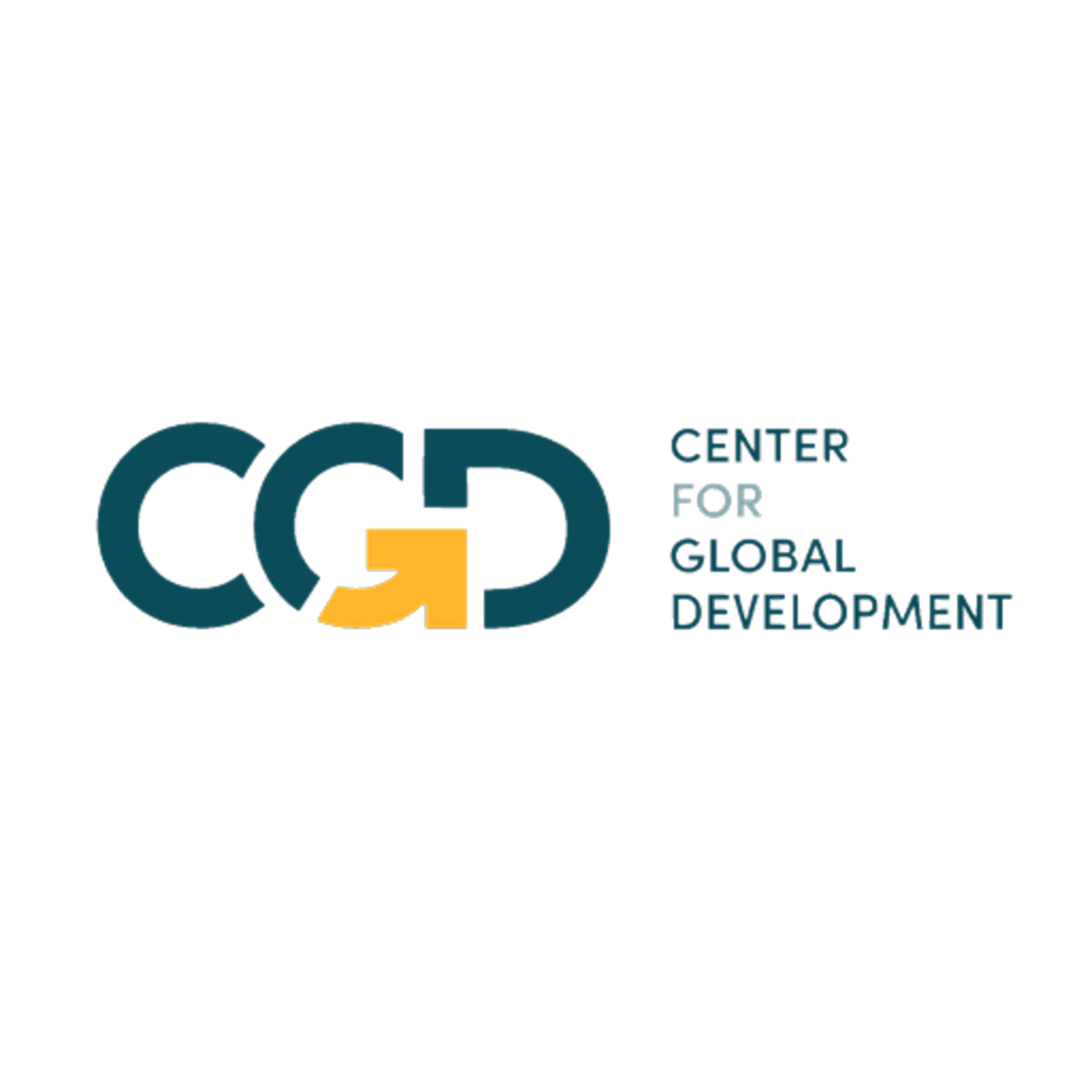A new allocation of Special Drawing Rights (SDRs) amounting to some $650 billion is now expected the end of August. This allocation of an IMF reserve asset, intended to help countries weather the economic crisis created by COVID-19, will be more than 2½ times the size of the last allocation and substantially boost countries’ gross international reserves. For many low- and middle-income countries (LMICs) these added reserves will provide policymakers much needed room for maneuver as they continue to struggle with huge economic impact of the global pandemic and its aftermath.
While much of the current international debate is now focused on how to recycle SDRs from developed economies to support LMICs, we need to ask a more immediate question: How can LMICs use the allocation they will get in late August?
What are the uses of SDRs?
The question for LMIC policymakers at central banks and ministries of finance is how to manage the higher level of gross international reserves once the new allocation of SDRs is deposited.
SDRs can be used directly to service or payoff some debts, including to the IMF. Fifteen international financial institutions are designated holders of SDRs and thus can accept payments in SDRs. Some creditor countries may accept debt service payments in SDRs as well.
SDRs cannot be used directly in transactions with the private sector, but SDRs can be used indirectly to meet other foreign exchange needs, including paying for imports. There are two ways to do so: SDRs can be converted into freely usable currencies (like dollars or euros) through the IMF, which will set up such an exchange with willing partner countries. Alternatively, countries can use other non-SDR reserves more readily than before, knowing that the new SDR allocation has increased their overall reserve holdings.
Can a country use all its SDRs, and does it cost anything?
A country is free to use any or all of its SDRs as it sees fit, subject to local laws and any conditions from the IMF or any other country or institution. But this is not costless. To understand this requires a bit of explanation of IMF accounting. Each country pays interest on its allocation of SDRs from the IMF at what is called the SDR interest rate. But it earns the same rate of interest on its holdings of SDRs in its account at the IMF. When holdings are equal to the allocation no net interest is due. But, when SDRs are used to pay debt or exchanged for useable currencies, its SDR holdings are reduced below the allocation and net interest is due.
While this all seems rather complicated, the bottom line is that when a country uses its SDRs it pays interest, currently a very low rate of 0.05 percent per year. This interest rate is connected to international interest rates and can change over time. Right now, it is at its floor level, very close to zero.
What are policymakers thinking about when they consider using SDRs?
Using SDRs is a reserve management problem: how do the central bank and the ministry of finance best use the country’s “savings in the bank” to address its needs. For countries whose foreign exchange reserves have been very hard hit by the pandemic, the best course may be to leave the SDRs in the central bank. The general rule of thumb is that it is prudent for countries to maintain reserves of about three months of import cover to ensure that there is no disruption in providing the country with the imports it needs. During the pandemic, some countries have fallen below this prudent level. So, they can use the new SDRs to reestablish their reserves as normal economic activity slowly returns.
In most LMICs, existing gross international reserves will be adequate (i.e., sufficient to provide three months of import cover) after the allocation, and thus there will be scope to use some of the increase in gross reserves in other ways. In this case, relaxing fiscal policy to address the pandemic and its aftermath will likely be a priority. In most countries this could be achieved by expanding central bank credit to the government, either directly or via central bank purchases of newly issued debt. (For countries in monetary unions, use of SDRs may also be governed by other legal arrangements).
In some countries the SDR allocation will equate to over 5 percent of GDP, thus providing scope for a very sizable increase in spending, so special care must be exercised. Such large spending would need to be carefully planned to ensure that it is well targeted and executed and part of a medium-term spending plan to avoid unwittingly setting up problems in the future by overspending now. For example, a large increase in ongoing government spending may not be sustainable in coming years if government revenues do not increase to fill the hole the SDRs are plugging now. Spending all or part of the SDR allocation via an increase in credit from the central bank would also need to coordinate with central bank sales of foreign exchange to avoid inflationary pressures or hikes in interest rates resulting from overheated domestic demand.
The longer terms costs of using SDRs should also be weighed. If SDR holdings are drawn down interest will be due until SDR holdings at the IMF are reestablished. The current SDR interest rate is only 0.05 percent. But a return to more normal conditions in financial markets could easily see this rate exceed 2 percent, thus multiplying interest costs by 40 times!
In contrast, zero interest is payable on low-income countries’ borrowing from the IMF’s Poverty Reduction and Growth Trust (PRGT), and this rate would only rise to 0.25 percent if the SDR interest rate was above 2 percent for a sustained period. Thus, low-income countries could consider relying on PRGT support before opting to draw down their SDRs. That said, PRGT support often comes with conditions, which some policymakers might want to avoid.
For middle-income countries, use of SDRs would be less costly than borrowing from the IMF. The IMF charges a margin of at least 1 percent over the SDR rate on its regular facilities, and countries borrowing more heavily may pay an additional 2 or 3 percent. Thus, middle-income countries may be more inclined to run down their reserves rather than borrow from the IMF; in some cases, there may even be scope to make early repayments by using SDRs to reduce interest payments to the IMF on existing debt.
Finally, the opportunity cost of using SDRs instead of other reserves must be weighed. While using SDRs costs the country 0.05 percent interest, drawing down hard currency reserves may cost the country the interest that was being earned on those dollars or euros. SDRs are part of a reserves portfolio and must be viewed in the context of the overall management of a country’s reserves.
What is the bottom-line message?
The SDR allocation will provide a financial lifeline to many countries. But using the lifeline well will depend on each LMIC’s situation and reserve management strategy. The international community has demanded transparency in the use of SDRs and that means they should be prepared for various uses of SDRs all of which have merit, including:
- Paying eligible debt directly with SDRs.
- Exchanging SDRs for useable currency to pay for outstanding debt, current imports, or advance commitments to purchase goods such as vaccines through multilateral agreements.
- Holding on to SDRs to rebuild depleted reserves.
- Relaxing budgetary constraints to meet urgent needs or to finance medium-term investments.
And perhaps most importantly, the use of SDRs cannot be evaluated in isolation. To see if SDRs are being “well used,” one must consider the overall management of a country’s reserves and understand the tradeoffs between holding SDRs and other forms of reserves, and how the reserves policy fits into a country’s overall financial strategy to meet urgent spending needs, while ensuring longer-term stability.

